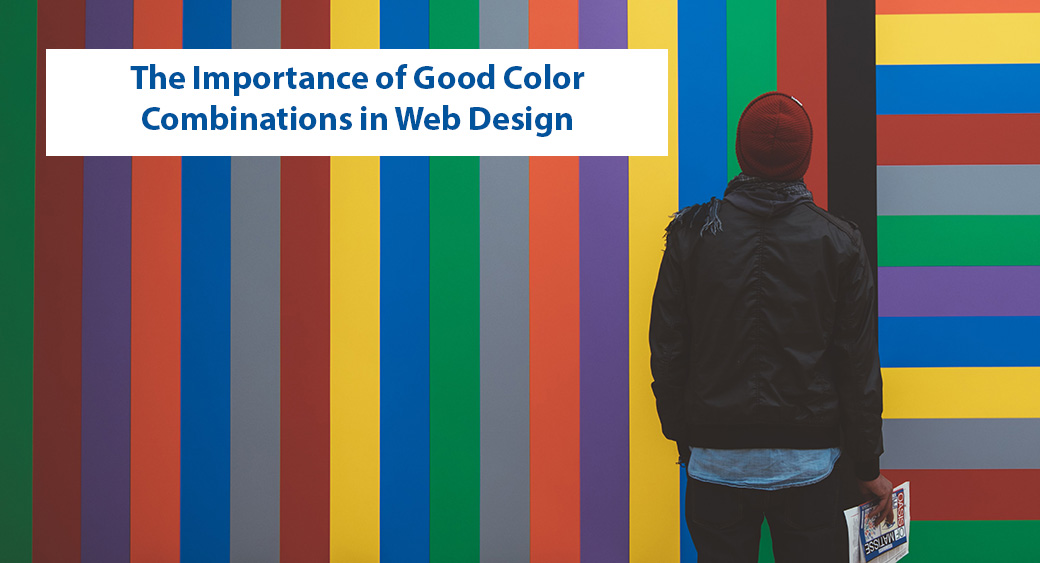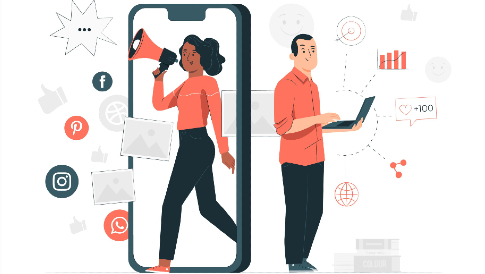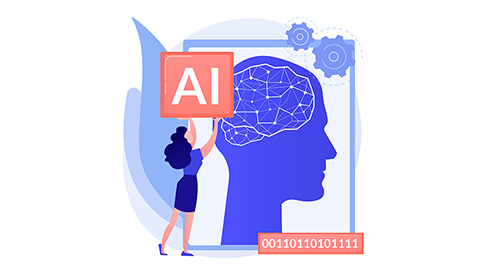The Importance of Good Color Combinations in Web Design
Have you ever noticed that some websites just look better than others? We are not talking simply about the design of the site, and the user experience, but simply the visuals of a website. Some websites instantly look beautiful the first moment you set your eyes on them, while others can cause an instant migraine. The use of color combinations in web design is a very important factor in how people perceive a website. There are a lot of meanings behind the color schemes that designers use when developing websites.

The Psychology of Сolors
It’s no secret that colors can evoke many emotions and feelings in people. This is why some of the world’s largest companies have a standard set of colors for their branding. Coca Cola uses red and white, McDonald’s use red and yellow, while Google uses a mix of different colors.
Different colors convey different meanings, and many companies will invest a lot of money into developing their branding and advertising. Colors, in addition to affecting people’s moods, can also influence their purchasing habits. Websites are no different and the colors of the world’s largest companies are not just randomly selected colors. They are ones that have been researched and which are projecting the desired image of that individual company.
Color Combinations in Web Design – The Importance of Сolors
There were a number of surveys carried out that showed how the colors used on a website influenced visitors to the website. An average of 5% of people said that their purchasing decisions were first influenced by the visuals of the website. Using different color combinations for content and your CTA (call to action) buttons resulted in the conversion ratio increasing by over 20%. There have also been tests carried out that have shown that advertisements in newspapers and magazines that were in color, rather than black and white, had an increase in attendance of over 25%.
The Relationship Between Colors
There are plenty of different colors available to web designers, and there are many ways of using multiple color combinations. You can see an excellent write up about dark-colored websites by checking out the Collectiveray roundup. Colors that complement each other are known as complementary colors. These are combinations that will appear on opposite sides of the color wheel such as green and red, and orange and blue. These types of combinations are on websites for the backgrounds and main content, such as the page headers, menu bars, or even the text.
The other types of colors are analogous colors, which are fairly similar to one and other, and usually provide only slight contrast when used together. These colors work well in web design for elements such as tables, borders around content, or even drop-down menus, where you would want a slight variation between the main menu option and the submenus that appear. There are a number of online websites that offer various tools that allow you to find colors that are complementary to one and other, and to create various color groups for your projects.
Color Combinations in Web Design – Background Colors
You will have noticed that the majority of information type websites usually use a very light color for the background, and a darker color such as black, blue, or grey for the content on the pages. Websites such as those for the news or reference such as Wikipedia are designed to provide the information people are looking for in a quick and easy to digest way.
They wouldn’t use many striking colors, especially for the background of the pages. Visitors consume their work in the same way that you’d read a printed newspaper or magazine. Sometimes you might come across a website that does use a dark-colored background with light colors for the content. However, these types of color combinations are for entertainment type websites, such as those for online gaming or video streaming.
Dark-Сolored Websites

As mentioned previously, you will often come across dark-colored websites. They are sites related to visuals such as games, photos, and videos. The dark-colored backgrounds make the main content on the pages stand out much more. There are also some types of businesses, such as restaurants or hotels, that may use dark-colored sites. These are done in order for the visuals to stand out a lot more, than if they were using a white or lightered colored background. For such sites, you will most likely see less text about the business than you would on a lightly colored background.
Sites such as these will also often use very little text on the pages. The colors for the fonts and page content on dark-colored backgrounds will usually be white, yellow, or very bright shades of blue, pink, or green. There has been an ongoing debate for many years as to how much text a website needs. Some designers prefer to work in a minimalist way, using only single sentences or headers. Though these may look impressive, they are not actually good in relation to SEO (search engine optimization). At the end of the day, the amount of text you’ll find on a website will vary from site to site.
Night Mode
You may have noticed over the past few years that more and more websites now offer a “night mode”. It allows the site visitors to switch between light or dark versions of the website. This is very practical, especially for mobile users who may be viewing the website in low lighting. Dark or night versions of websites are much easier on the eyes in such circumstances. A recent example of this is Facebook’s messenger app, which gives users a choice for either the light or dark mode when using the app.
Color Combinations in Web Design – Some Final Words
At the end of the day, the colors used on websites are usually picked for specific reasons. Sometimes they are for blending in with the company’s existing branding and logo. Other times they are for better conveying the message of the website.
There are no right or wrong color combinations to use on websites. However, there are some combinations that really should be avoided. If you are developing a new website, it is well worth creating a few different versions of the website with different color combinations, and running a few A/B tests to get people’s opinions about which ones work better and what types of emotions they are evoking.



Leave a Reply